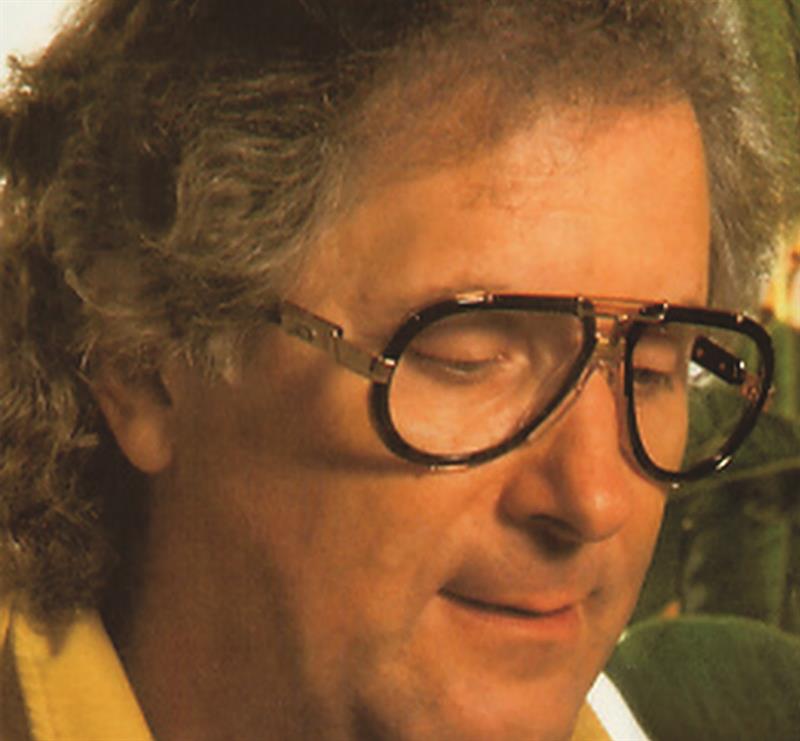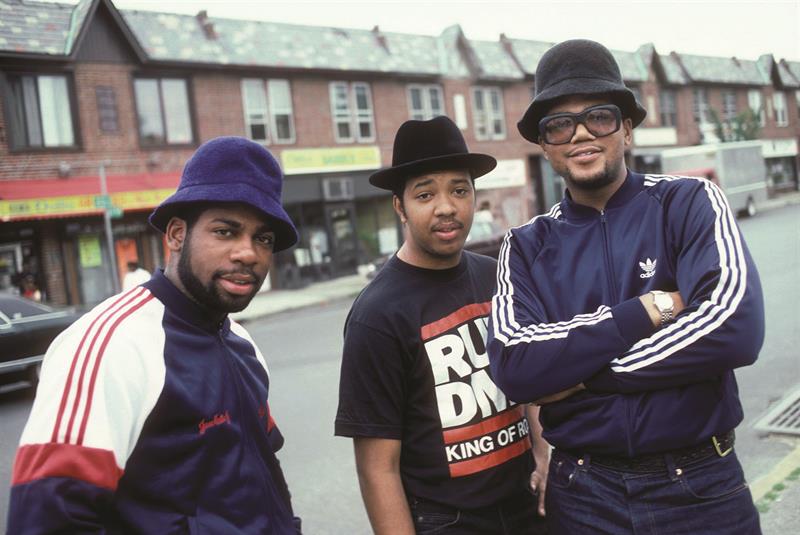
Y: Youth
If one had to choose one patient demographic with the frame sector that had seen the most change in recent years, the youth market is undoubtedly it. You do not have to cast your mind too far back to when young teenagers had the choice of something entirely nondescript or a frame emblazoned with graphics from the latest popular animated film franchise.
Thankfully, taste in wider youth fashion has become more sophisticated and the age bracket that seeks out cartoony clothes and accessories has become much smaller. This is also true in eyewear and youngsters no longer want frames that define their age. Instead they want the frames their parents wear.
A look at the luxury brands that now cater for young adults underlines this shift in attitude. Lindberg, Gotti, Mykita, Sabine Be and Anne et Valentin all have children’s and young adult collections that don’t compromise on manufacturing quality and style. But it’s not just at the high end where attitudes are changing, suppliers of eyewear at other price points are following suit, with sophisticated styling and minimalistic branding.
Acceptance of eyewear among children and making them feel at ease with their glasses is of the utmost importance, so it is natural that part of the market still caters for those looking for cutesy, bright styles, but the target age range has narrowed significantly.
In a similar way to shifting attitudes towards how men’s and women’s frames are displayed in practice, maybe it is time to stop making a distinction on youth?
Z: Zalloni, Carl
Austrian designer Cari Zalloni, pictured below left, co-founded Cazal in 1975 with the intention of creating sophisticated jewellery for faces, but by the early 1980s, he had inadvertently created the eyewear of choice for some of the early pioneers of hip hop.
 Carl Zalloni
Carl Zalloni
After graduating from art college in Vienna in 1960, Zalloni began working in furniture design and producing glass and pottery, first in Italy and then in Germany. In 1975, he teamed up with Günter Böttcher to create Cazal, a name taken from the first syllables of his first and last name. It was not Zalloni’s first foray into eyewear design, having already worked on projects for Optyl, but Cazal presented him with an opportunity to show his own creativity and develop a personal aesthetic.
That aesthetic was expressed in large polygonal silhouettes and voluminous temples and the componentry and hardware that was often turned into features of the frame.
Cazal was etched into hip hop folklore thanks to the influential band, Run-DMC, pictured left. Daryl ‘DMC’ McDaniels was rarely seen without his Cazal 607 frame and, along with the band’s penchant for gold chains and Adidas Gazelles, became part of their signature
look.
 DMC
DMC
‘Cazzys’ were soon the must have item for a generation of people obsessed with the new sound of hip hop and breakdancing culture. But Cazal’s legacy in hip hop has endured, with the likes of Kanye West, Beyoncé, Jay-Z and Rihanna all still recognising the brand’s place in hip hop fashion. Taking that recognition one step further is bad boy rapper, Rick Ross, who got the Cazal logo tattooed on his left cheek.
Cari Zalloni passed away in 2012 following heart surgery complications. The brand is now headed up by creative director Katharina Schlager, who joined the company earlier this year from Andy Wolf.
